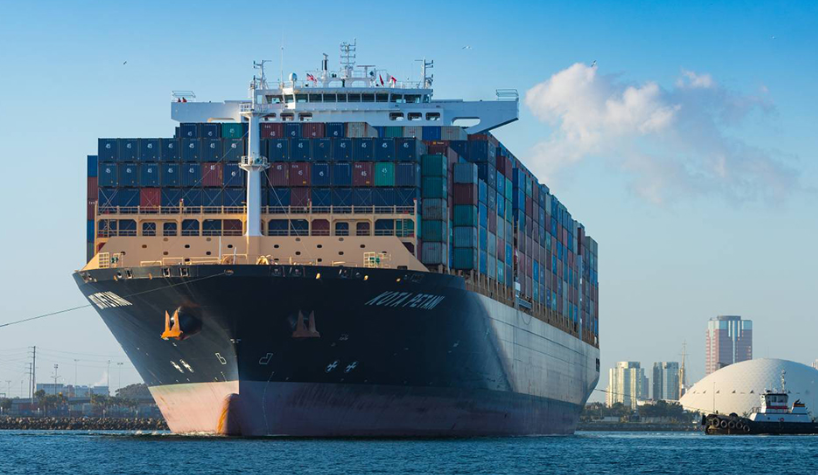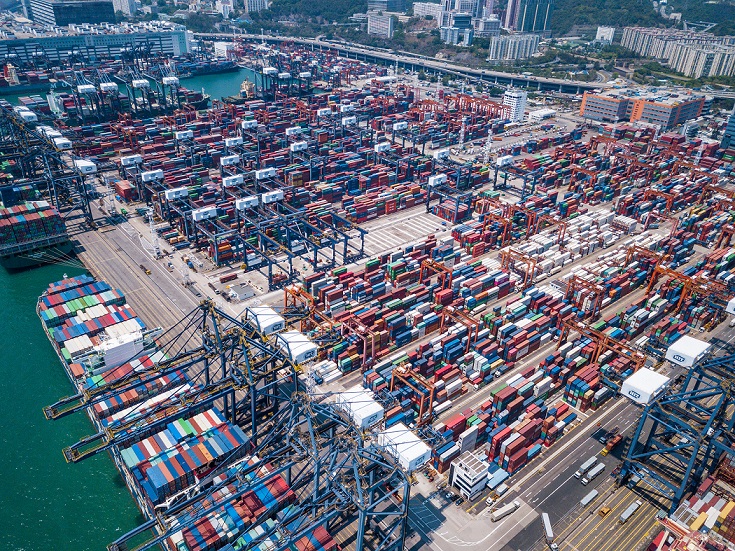Logistics

May 9, 2025
Wittbecker: Mexico invests in port capacity despite US tariff troubles
Written by Greg Wittbecker
Mexico is moving ahead with plans to expand its Pacific port of Manzanillo despite some seemingly big headwinds.
The Mexican government aims to transform Manzanillo into the largest seaport in Latin America, capable of processing some 10 million TEU (20-foot equivalent units) per year by 2030. It is already Mexico’s largest port and the third largest in Latin America, handling nearly 4 million 20-foot containers in 2024.
Plans are for $2.4 billion in private capital to be joined by $741 million in public capital to achieve this growth.
Is Mexico reading the room correctly?
Major infrastructure investments such as what Manzanillo is doing have to take a long view. However, there are certainly some things in the near- and mid-term that should prompt some careful examination of their structural assumptions about this investment.
Recent statements from Manzanillo raise the question as to why officials are doing this.
According to Julieta Juarez Ochoa, the port’s commercialization manager, the majority of imports arriving at Manzanillo come from Asia and are largely used in domestic manufacturing. “We don’t see any real impact (of the US tariffs), and we don’t foresee a significant impact,” she said.
Really? This statement seems a bit out of touch with the reality of the Trump administration’s 25% tariffs being applied to Mexico. Granted by 2030, Trump may be a distant memory, but successive political regimes in the US may or may not reverse course on these tariffs.
Mexico’s exports to the US were over $500 billion in 2024. Much of this was accomplished through its highly successful IMMEX (maquiladora) industrial incentive programs.
Mexico is an industrial powerhouse in autos, HVAC, appliances, and medical devices to name a few key sectors that are geared to open trade with the US.
The Trump administration has taken dead aim at Mexico with the threatened International Emergency Economic Powers Act (IEEPA) duties plus the 25% import duties on autos. Exemptions to these duties are contingent on being USMCA-compliant. This means US, Mexican or Canadian origin components going into manufactured goods in trade between the countries – and there’s the rub.
Mexico touts the fact that its Manzanillo port volumes are “from Asia.” Read between the lines please – China contributed nearly $130 billion of Mexico’s total $625 billion in imports in 2024. Those imports found their way into a great deal of manufactured goods coming to the US. The IEEPA duties would put a huge crimp in those flows unless the maquiladora industries simply chose to pay the 25% duties and charge them back to US buyers. That is a shaky assumption.
Instead, the maquiladoras are likely to rotate more sourcing to the US and Canada to support the installed industrial base. That could directly impact the import volumes at Manzanillo.
USMCA is up for renegotiation in 2026
The Trump administration says the existing USMCA deal is “OK for now” (stay tuned for that statement to change at any point in time). In July 2026, USMCA, which replaced NAFTA, is up for formal renewal. It is a safe bet the administration will be looking for a better deal for the US, with a focus on reshoring more manufacturing. That will not bode well for the IMMEX program in Mexico. Once again, how does Manzanilla cope with that?
Can Mexico compensate for lower US exports?
The International Monetary Fund recently forecast the Mexican economy will shrink -0.3% in 2025 and have a tepid 1.4% growth rate in 2026.
Mexico is highly dependent on exports to drive its economy. While exports to adjacent Central America can help, and a rising middle class can help domestic demand, Mexico and the US need to cooperate.
The expansion of Manzanillo seems like a good long-term investment for Mexico to feed its large industrial base, but the expansion may also be viewed as a threat by Trump. The administration has already made very clear its concerns about China and the Panama Canal. There are undoubtedly some who are watching these developments in Manzanillo as another effort by China to expand it influence in Latin America and perpetuate the flow of Chinese goods into Mexico and onward.
On the surface, one can applaud Mexico for investing in its ports, something the US ought to be doing. However, Mexico also needs to solidify its trade relations with the US before assuming a 300% increase in Manzanillo port capacity is going to be smooth sailing.



